

Easy-to-use solution for food traceability
Trace technology is a state-of-the-art tracking solution designed for agricultural and food-related companies. Trace is a robust platform for companies to demonstrate and affirm their commitment to transparency and sustainable practices. Through clear and verifiable data, Trace enhances consumer trust by offering a detailed presentation of a product's journey and the ethical practices embedded in its production.
This technology is pre-validated.
subscription/user/year
Operating Investment /YEAR
Open source / open access
This technology is beneficial for users :
"FairFood Traceability Solutions" offers a transformative approach to enhancing transparency and trust in the agri-food supply chain. This digital platform addresses challenges related to product origins and production practices, fostering consumer confidence and loyalty.
However, the potential profit from adopting FairFood Traceability Solutions can be substantial, with reported benefits including increased transparency, improved product quality, and enhanced market competitiveness.
Ultimately, the return on investment will vary depending on factors such as farm size, existing practices, and market dynamics.
Adults 18 and over: Positive high
The poor: Positive medium
Women: Positive high
Climate adaptability: Highly adaptable
Farmer climate change readiness: Significant improvement
Biodiversity: No impact on biodiversity
Carbon footprint: Same amount of carbon released
Environmental health: Greatly improves environmental health
Soil quality: Does not affect soil health and fertility
Scaling Readiness describes how complete a technology’s development is and its ability to be scaled. It produces a score that measures a technology’s readiness along two axes: the level of maturity of the idea itself, and the level to which the technology has been used so far.
Each axis goes from 0 to 9 where 9 is the “ready-to-scale” status. For each technology profile in the e-catalogs we have documented the scaling readiness status from evidence given by the technology providers. The e-catalogs only showcase technologies for which the scaling readiness score is at least 8 for maturity of the idea and 7 for the level of use.
The graph below represents visually the scaling readiness status for this technology, you can see the label of each level by hovering your mouse cursor on the number.
Read more about scaling readiness ›
Uncontrolled environment: validated
Common use by projects NOT connected to technology provider
| Maturity of the idea | Level of use | |||||||||
| 9 | ||||||||||
| 8 | ||||||||||
| 7 | ||||||||||
| 6 | ||||||||||
| 5 | ||||||||||
| 4 | ||||||||||
| 3 | ||||||||||
| 2 | ||||||||||
| 1 | ||||||||||
| 1 | 2 | 3 | 4 | 5 | 6 | 7 | 8 | 9 | ||
| Country | Testing ongoing | Tested | Adopted |
|---|---|---|---|
| Sierra Leone | –No ongoing testing | Tested | –Not adopted |
| Uganda | –No ongoing testing | Tested | Adopted |
This technology can be used in the colored agro-ecological zones. Any zones shown in white are not suitable for this technology.

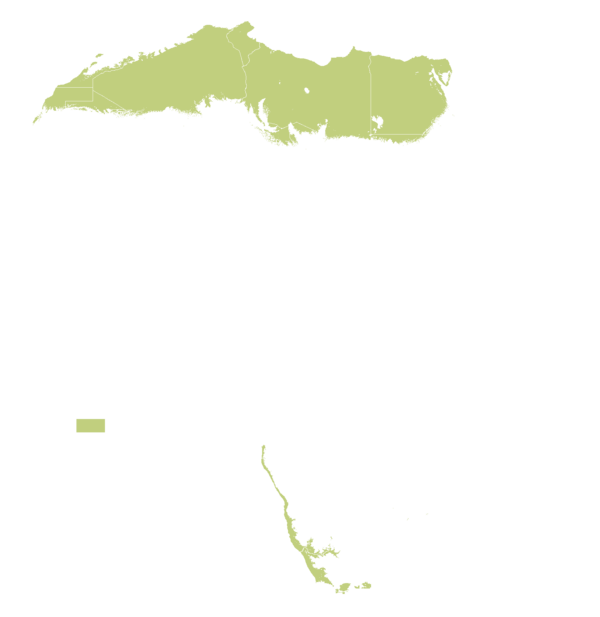

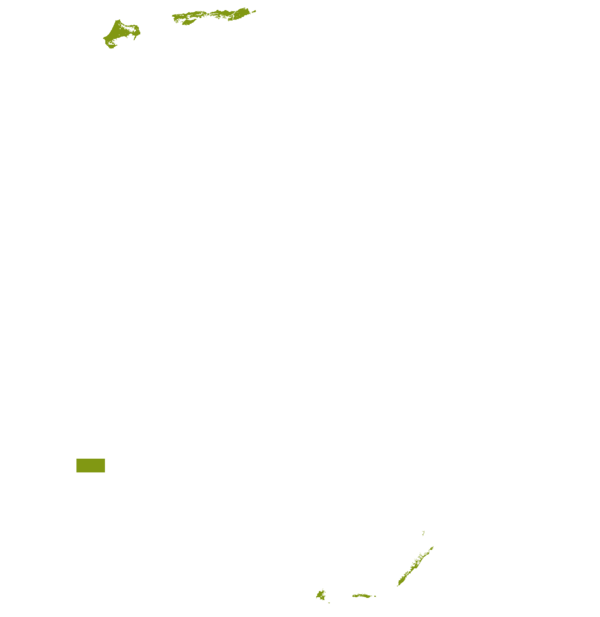






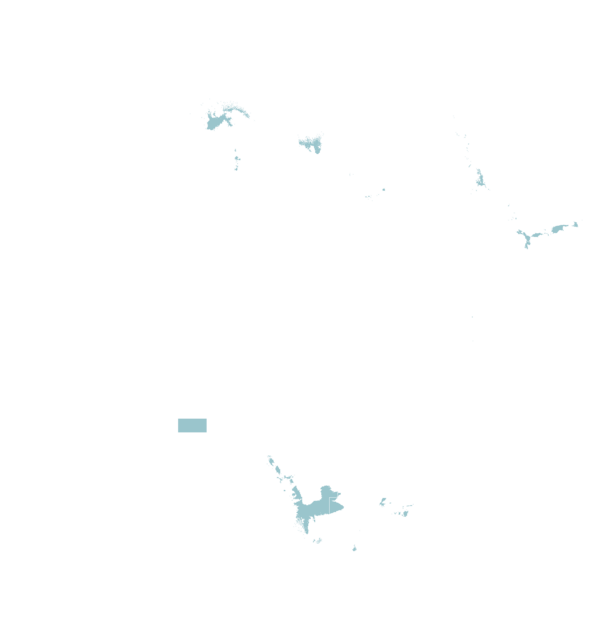

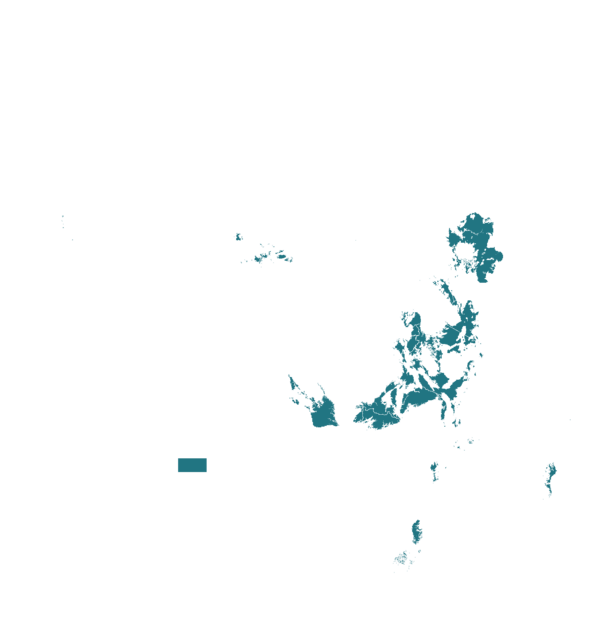
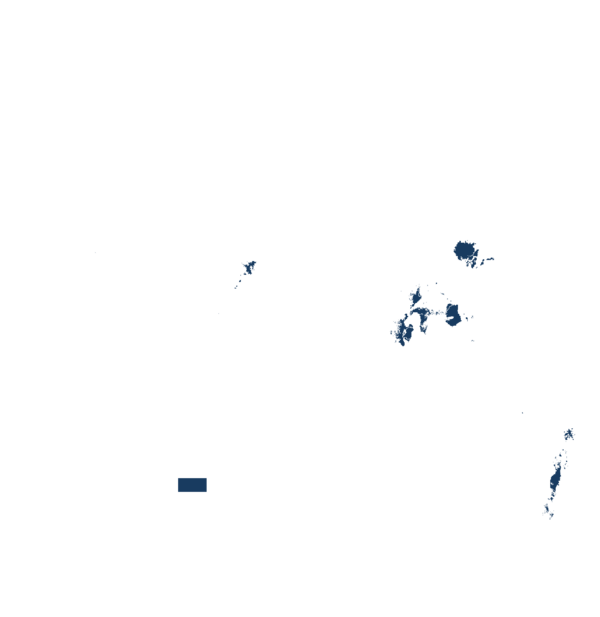
| AEZ | Subtropic - warm | Subtropic - cool | Tropic - warm | Tropic - cool |
|---|---|---|---|---|
| Arid | ||||
| Semiarid | – | |||
| Subhumid | – | |||
| Humid | – |
Source: HarvestChoice/IFPRI 2009
The United Nations Sustainable Development Goals that are applicable to this technology.
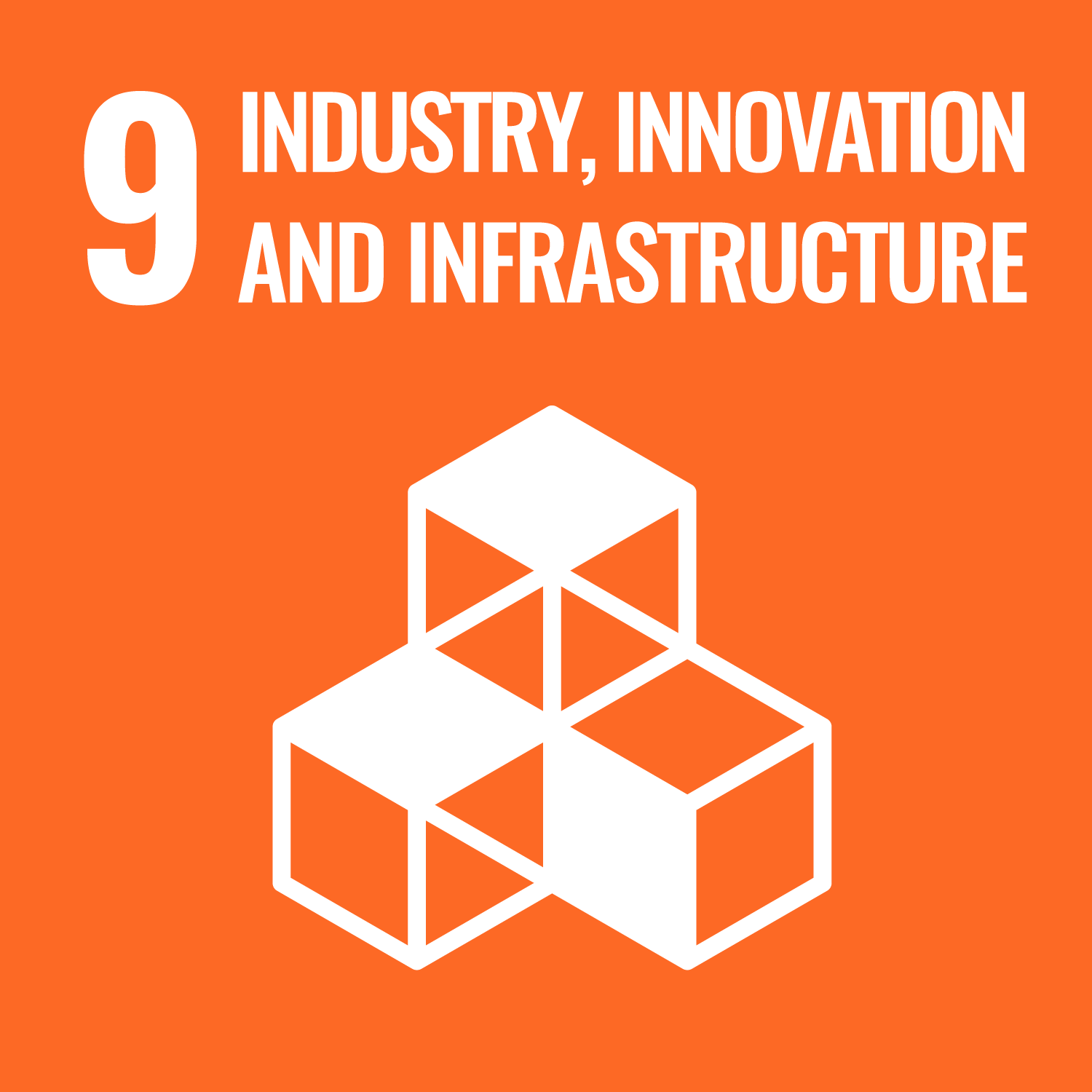
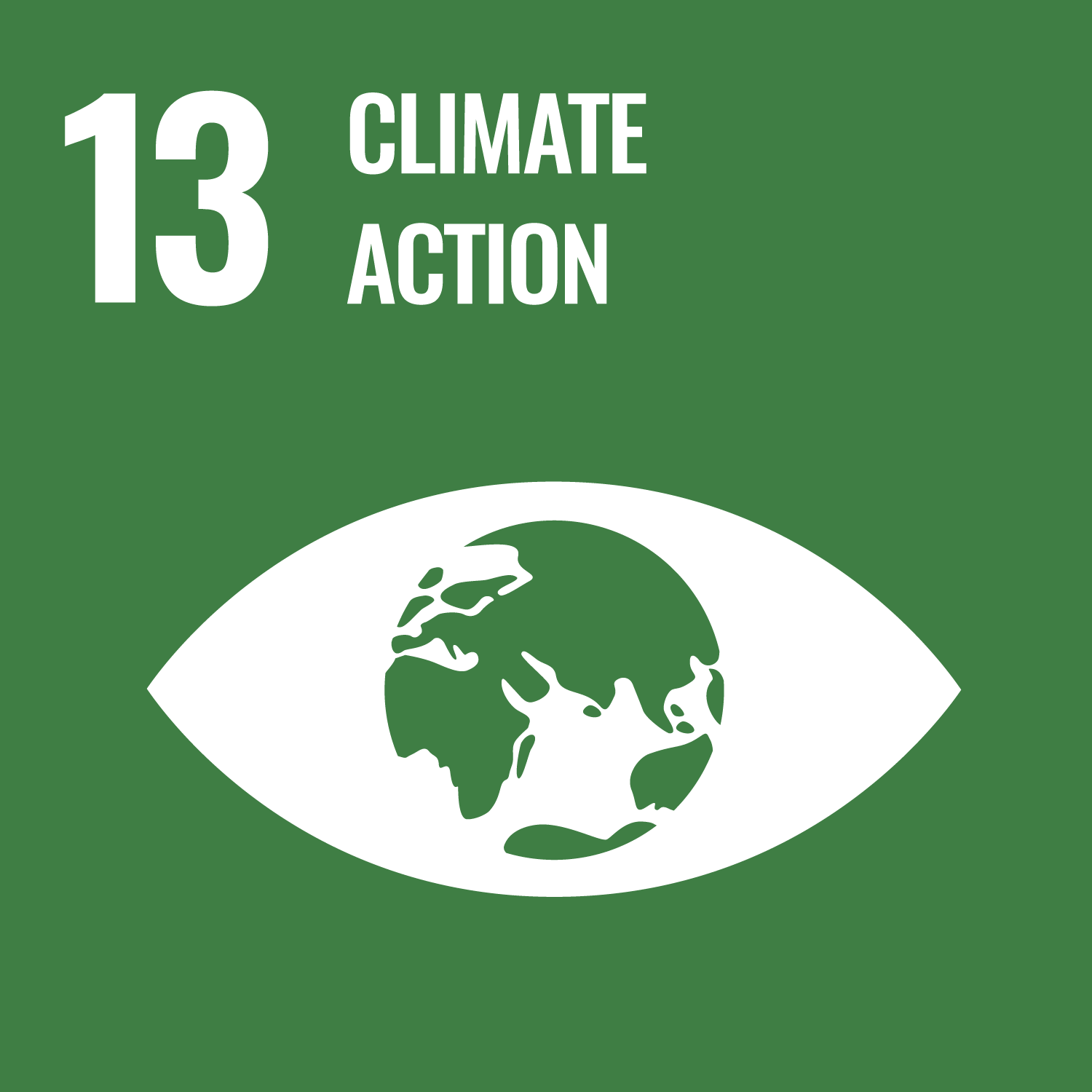
Last updated on 22 December 2025